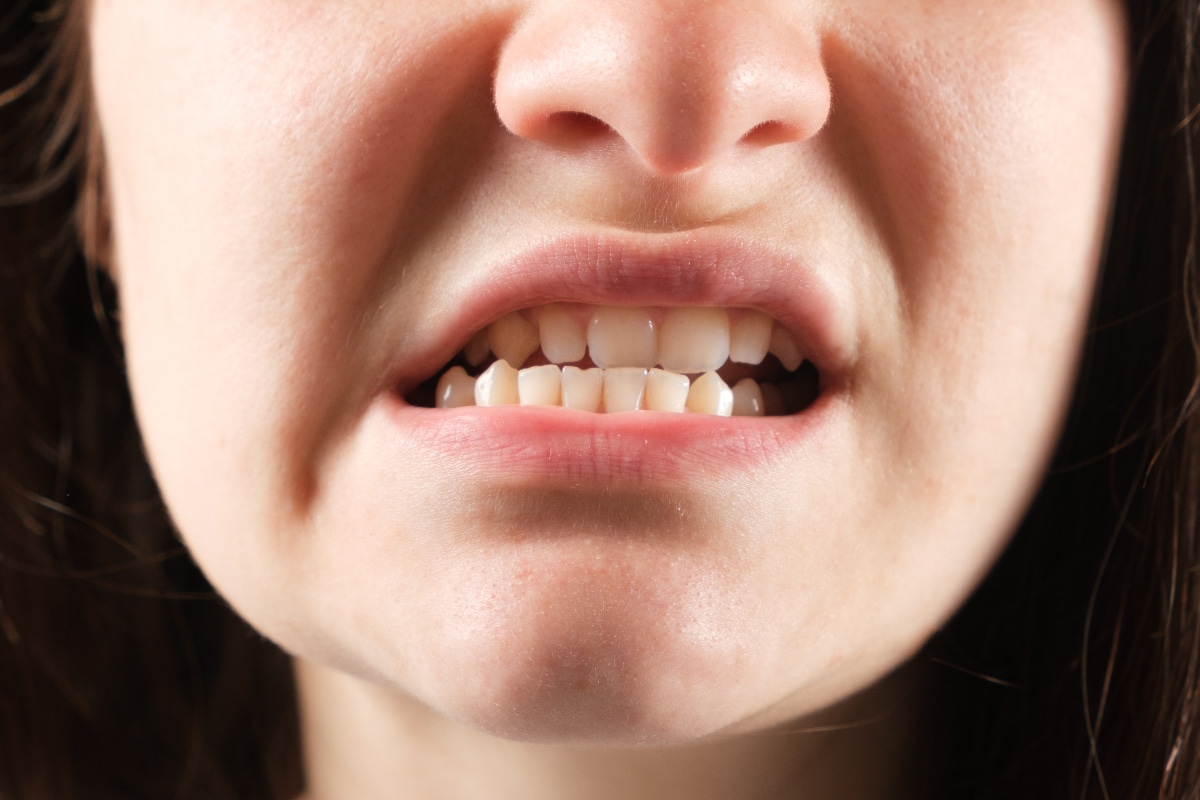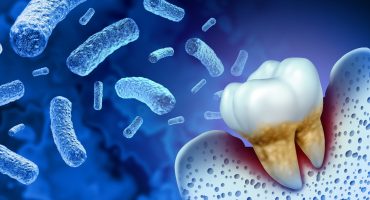You should pay attention to these symptoms!
There are a number of signs that indicating malpositions of the teeth or jaw:
• A visible malfunction such as protruding incisors
• A painful temporomandibular joint
• Chewing problems
• Teeth growing crooked due to crowding
• Headache and snoring
• Lisp or other speech defects
The orthodontist or dentist often recognizes early signs at first glance at the patient's mouth. Warnings for the dentist are malocclusions, too early or very late tooth eruption or conspicuous jaw malpositions. To determine the extent of the problem, a more accurate diagnosis through special examinations and surveys is necessary. A good picture of the misalignments allow, for example, impressions of the lower and upper jaw and the creation of a denture model. A panoramic X-ray shows if there are any displaced tooth germs. These are not fully developed and not yet broken teeth. It also shows if all teeth are properly formed or are correct.
Further information is provided by a cephalometric image of the skull showing the entire facial skull from the side. This allows the shape, size and direction of growth of the jaw to be determined. It also shows in which position the chin is located and whether the incisors are properly aligned.




